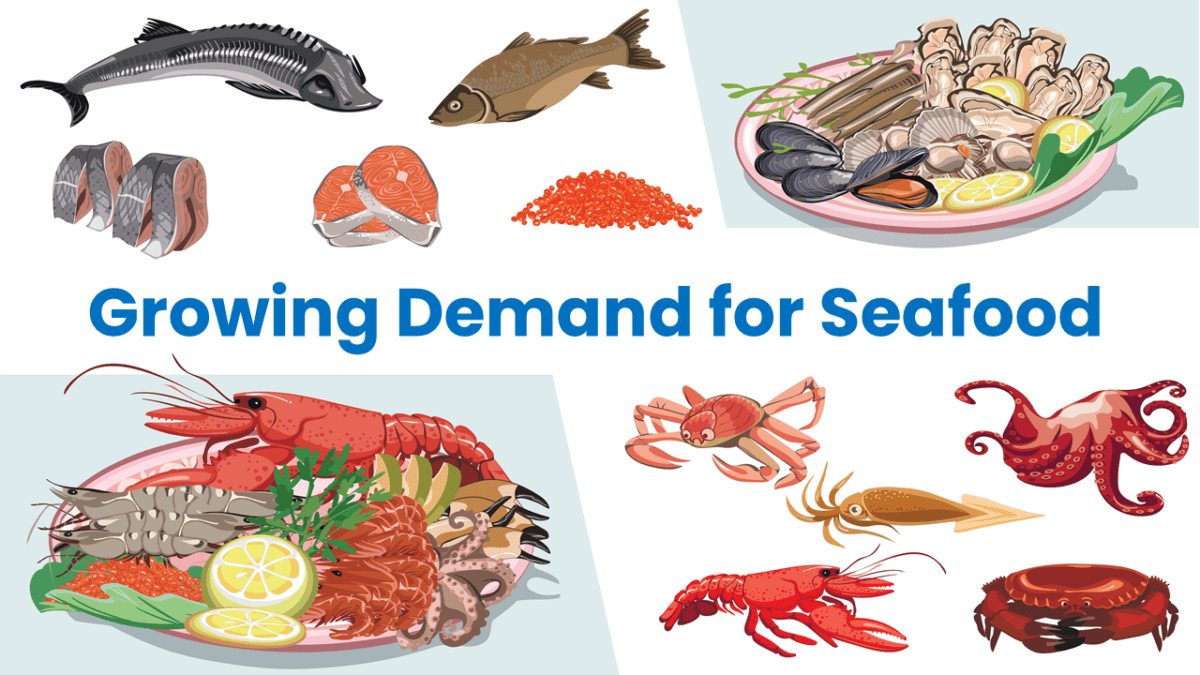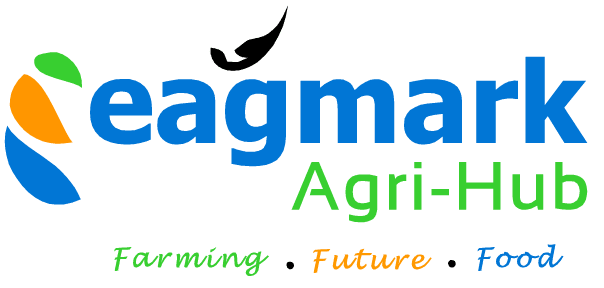Alternative Seafood to Meet Growing Global Demand Sustainably – A Summary of the McKinsey & Company Study

A new study by McKinsey & Company shows that the global demand for fish and shellfish is on a rapid ascent, and the alternative protein industry seems ready to provide a sustainable solution to meet this surging demand. With billions of people relying on oceans for livelihoods and sustenance, the call for fish protein is on an upward trajectory, with projections indicating a 14 percent growth by 2030 compared to 2020 levels. This demand surge is particularly pronounced in Asia, Europe, Latin America, and Oceania. However, this pressing demand for seafood coincides with the alarming reality that over 85 percent of the world’s fisheries are already pushed to their limits or beyond.
The critical conundrum emerges: how can we meet this growing demand when wild-caught seafood production remains stagnant? While aquaculture has partially bridged the gap in recent years, it has struggled to keep pace with the ever-increasing appetite for seafood. Enter “alternative seafood,” a promising solution that seeks to replicate popular fish and shellfish, such as tuna, salmon, and shrimp. Though in its nascent stages, the alternative seafood industry shows substantial promise through three distinct production options: plant-based, fermentation-enabled, and cultivated.
Global Demand Surges Amidst Production Constraints
The report by McKinsey & Company indicates that the global appetite for seafood is expanding at an unprecedented rate. Economic growth in countries correlates with an increased per-capita protein consumption, with seafood becoming a preferred choice. For instance, a recent survey in Singapore revealed a fivefold surge in seafood interest compared to a decade ago.
However, McKinsey demonstrates that there is a worrisome imbalance between this soaring demand and the overexploitation of fish stocks worldwide. Since the 1990s, global fish catches have dwindled by approximately 1 percent annually, primarily due to overfishing. This depletion has led many regions to limit existing fishing licenses and make new quotas exceedingly rare.
Despite these challenges, the OECD predicts that global fish production will reach 203 million metric tons by 2031, with aquaculture production surpassing wild catch around 2024. Yet, this growth might not be enough to meet the escalating demand, especially for sought-after species like salmon, given regulatory constraints and protections for wild fish.
Alternative seafood products are immune to many of these restrictions, providing a viable solution for scaling production. Innovations ranging from plant-based fish sticks to “whole cut” products and sushi-ready items like smoked salmon substitutes hold great promise for the industry’s future.
Drawing Lessons from the Alternative Meat Industry
While alternative proteins have historically focused on chicken, pork, and beef, seafood represents a more diverse and complex food category, with numerous species consumed worldwide. For instance, the tuna market, the third-largest in annual production, is simultaneously vulnerable to overfishing, challenging to farm, and possesses a substantial carbon footprint.
The McKinsey report suggests that for the alternative seafood industry to flourish, it must carefully consider these factors, including price points, consumer expectations, and regional preferences, when developing strategic products.
Challenges and Opportunities
The McKinsey analysis elucidates that alternative seafood faces several hurdles on its path to scalability, the most prominent being cost. Achieving production costs comparable to premium species remains a significant challenge. Nonetheless, this challenge presents an opportunity, as high-end species are particularly attractive to alternative producers, given their more achievable target prices.
Moreover, customer acceptance is crucial. Consumers expect high-quality alternatives that accurately mimic the taste, texture, and appearance of the original seafood. The industry must cater to the diverse preferences of different fish and shellfish varieties and take regional preferences into account.
READ: Kenya Ramps Up Support for Fish Industry to Boost GDP
Unique Advantages
Despite these challenges, alternative seafood boasts unique advantages that can fuel its growth. Local production eliminates the need for costly and polluting long-distance transportation, making it an environmentally-friendly option. Furthermore, alternative seafood can provide the benefits of omega-3 fatty acids while circumventing the risks associated with mercury levels in traditional fish.
Additionally, alternative seafood doesn’t face the same hurdles in obtaining fishing and farming licenses, which can be cumbersome for traditional seafood producers.
Production Options and the Path Forward
The alternative seafood industry relies on three primary production options: plant-based, fermentation-enabled, and cultivated.
- Plant-based alternatives utilize ingredients like soy, seaweed, yeast, legumes, and various vegetable oils and starches. These products, such as alternative tuna and scallops, have already entered the market, offering a more accessible and less regulated path compared to other alternatives.
- Fermentation-enabled alternatives employ microbes in food production, with methods like biomass fermentation holding potential for alternative seafood. Biomass fermentation involves fast-growing microorganisms like algae or fungi and has been used to create mycelium-based products like steak.
- Cultivated seafood relies on cells harvested from popular fish or shellfish, which are then cultured in bioreactors on biocompatible scaffolds to replicate the taste and texture of live-caught seafood. Although still in development, this approach shows promise but requires rigorous regulation and certification.
Paving the Way Forward
McKinsey analysis further shows that the alternative seafood industry faces the challenge of identifying target consumers and crafting messages that resonate with them. While the sector holds significant promise for addressing environmental concerns, it must also cater to non-premium consumers by offering lower price points.
The report concludes that alternative seafood presents a compelling solution to meet the surging global demand for fish and shellfish while reducing the environmental impact of fishing. To realize its potential, the industry must overcome challenges, innovate, and learn from the success of alternative proteins. As these products become more established in the market, their impact on consumer preferences and traditional fish production remains to be seen, but the future is promising for alternative seafood’s role in the sustainable food landscape.



